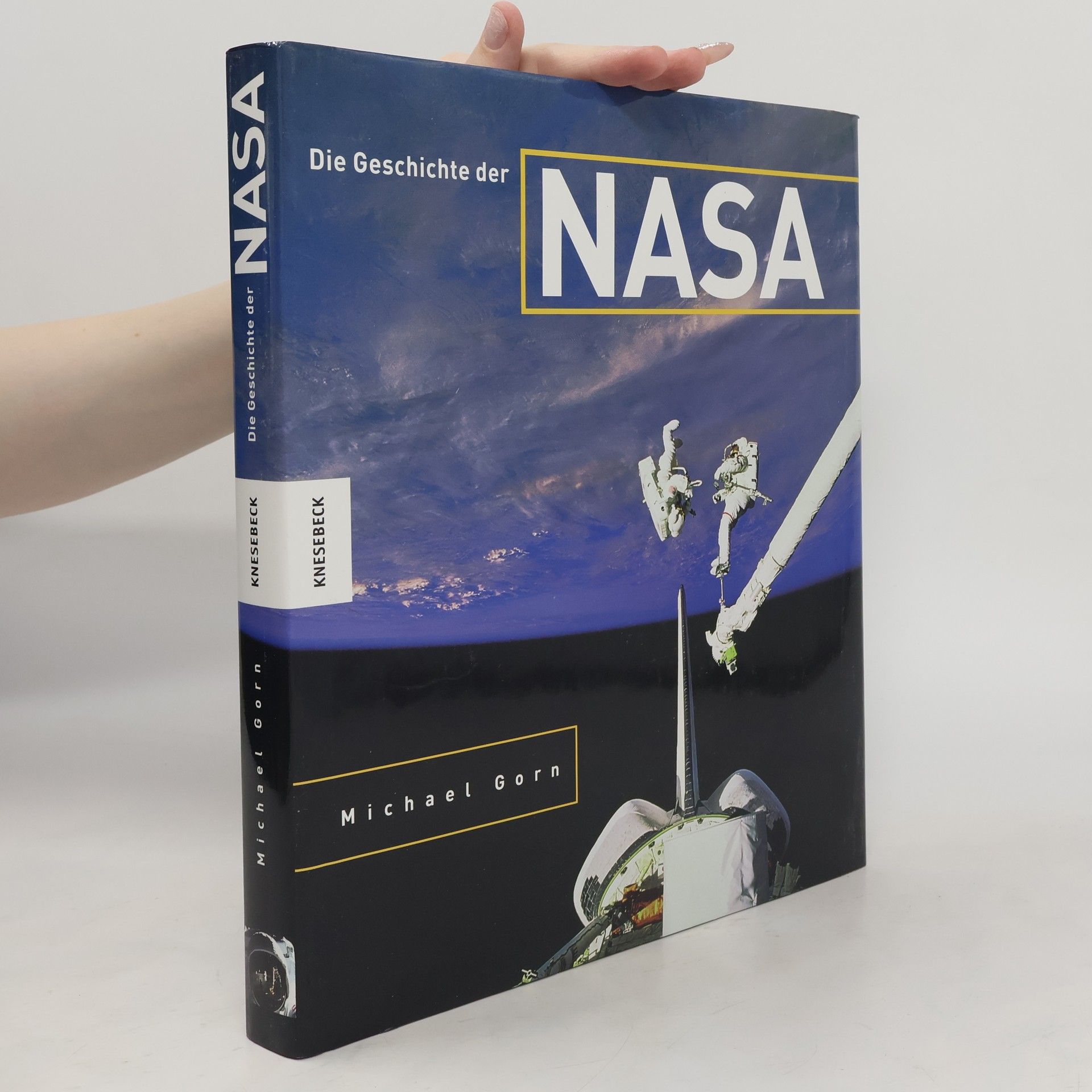X-Planes from the X-1 to the X-60
An Illustrated History
For the past 75 years, the U.S. government has invested significant time and money into advanced aerospace research, as evidenced by its many experimental X-plane aircraft and rockets. NASA's X-Planes asks a simple question: What have we gained from it all? To answer this question, the authors provide a comprehensive overview of the X-plane's long history, from the 1946 X-1 to the modern X-60. The chapters describe not just the technological evolution of these models, but also the wider story of politics, federal budgets, and inter-agency rivalries surrounding them. The book is organized into two sections, with the first covering the operational X-planes that symbolized the Cold War struggle between the U.S. and the U.S.S.R, and the second section surveying post-Cold War aircraft and spacecraft. Featuring dozens of original illustrations of X-plane cross-sections, in-flight profiles, close-ups, and more, this book will educate general readers and specialists alike.


